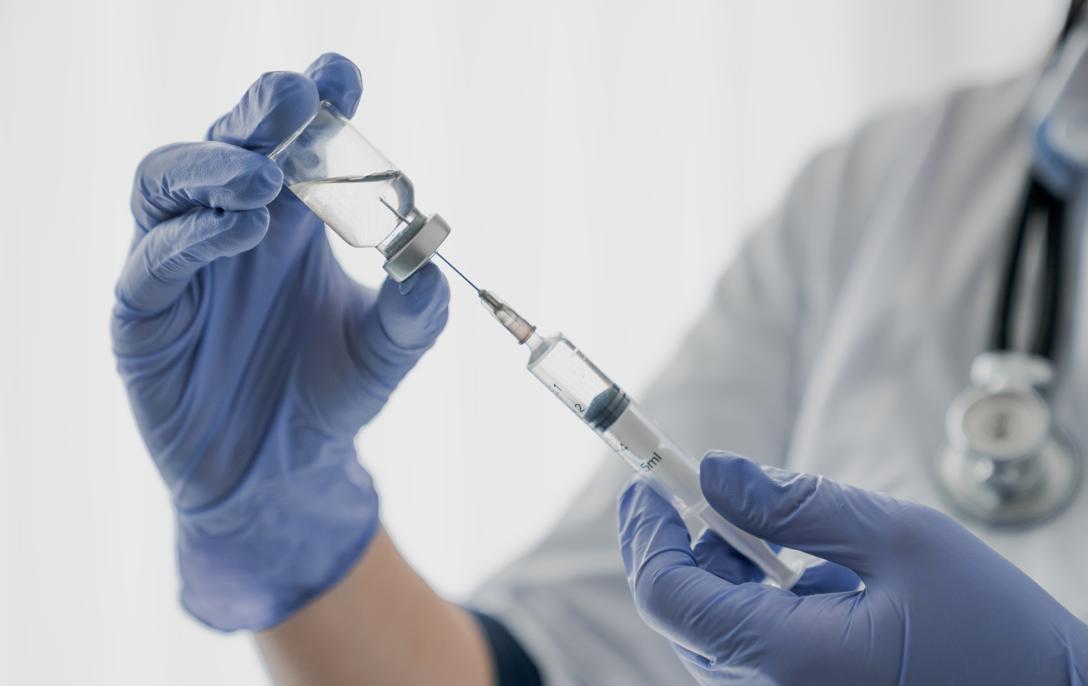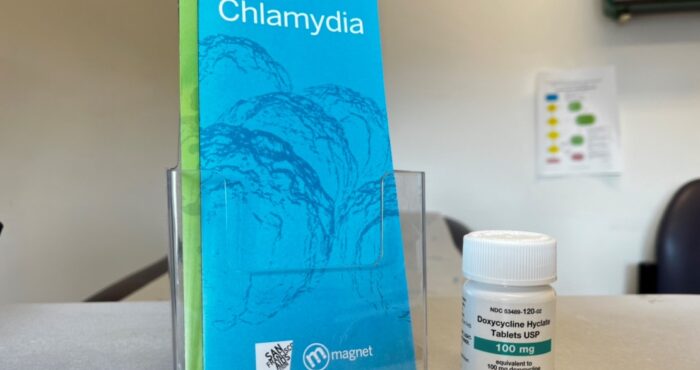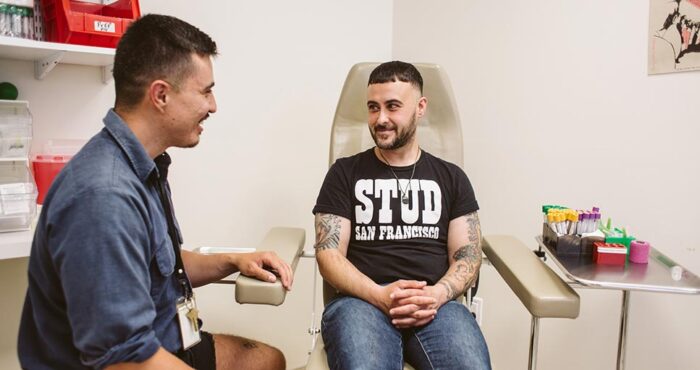Monkeypox (mpx) Jynneos vaccine: Intradermal dosing

Supplies of the Jynneos vaccine for monkeypox (mpx) continue to be limited. In order to maximize the availability of this vaccine to community members, the FDA has provided emergency use authorization for a “dose-sparing” approach that vaccine providers are now following.
Instead of administering the Jynneos vaccine as a subcutaneous injection, the Jynneos vaccine is now administered as an intradermal injection. This alternative way to administer the vaccine allows as many as five times the number of doses to come from a single-dose vial of Jynneos.
Here’s what to know about this change.
What is intradermal dosing?
Intradermal dosing is a way of administering a vaccine in between layers of the dermis, or skin. The injection is more “shallow” than subcutaneous injections. Using intradermal dosing, a smaller volume of vaccine is needed to achieve the same level of immune (antibodies) response as with a subcutaneous injection.
Why is intradermal dosing “dose-sparing”?
You need less of the vaccine to achieve the same level of immune response when using intradermal dosing. This means that up to five people can be vaccinated with every one vial of single-dose Jynneos vaccine. Basically, we’ll be able to vaccinate five times the number of people using intradermal dosing as we were able to using subcutaneous injections.
Is intradermal dosing as effective as subcutaneous dosing?
Yes. People will have the same level of protection with an intradermal dose as with a subcutaneous dose. There was no difference in how well the vaccine triggered the immune system based on the route of administration in a study that compared intradermal and subcutaneous.
I’ve heard intradermal dosing described as a “low dose” of vaccine. Does that mean it will be less effective?
It’s actually misleading to describe intradermal dosing as “low dose.” The amount of vaccine used with intradermal dosing is the correct dose for that route of administration; a lower amount is needed to achieve the same response.
Does intradermal dosing work for people living with HIV or people who are immunocompromised?
Intradermal dosing works as well as subcutaneous dosing for people living with HIV. People who are immunocompromised, because of HIV or otherwise, may have a lower response to the vaccine. For these individuals, it’s best to receive a second dose of the vaccine four weeks after the first dose for the best protection.
Is receiving an intradermal dose of the vaccine optional?
Healthcare providers vaccinating individuals with the Jynneos vaccine in San Francisco are now required to use intradermal dosing for people ages 18 and older. There are two exceptions:
- People under 18 must still receive subcutaneous doses since intradermal dosing is not authorized for minors.
- People with a history of developing keloid scars may receive the Jynneos vaccine by the subcutaneous route.
Are the side effects from intradermal dosing and subcutaneous dosing different?
In studies, people have slightly different side effects from the two different types of dosing. Redness was common with both vaccines, although it appeared to last longer with the intradermal dosing. With the subcutaneous injections, people are more likely to have pain at the injection site. With intradermal dosing, itching is more common and a few people had nodules develop at the injection site. (See more info in this FDA Review Memo).
Can a second dose be intradermal if your first dose was subcutaneous?
Yes. You can receive an intradermal dose for your second dose if you received a subcutaneous dose for your first vaccine shot. You’ll get the same level of protection after a second dose with either route of administration.
Medical information provided by Hyman Scott, MD, MPH, medical director for SFAF, and Jorge Roman, MSN, FNP, BC-AAHIVS, clinical director for SFAF.
More questions about monkeypox (mpx)?
Read the latest updates on testing, treatment, and vaccines from San Francisco AIDS Foundation.









